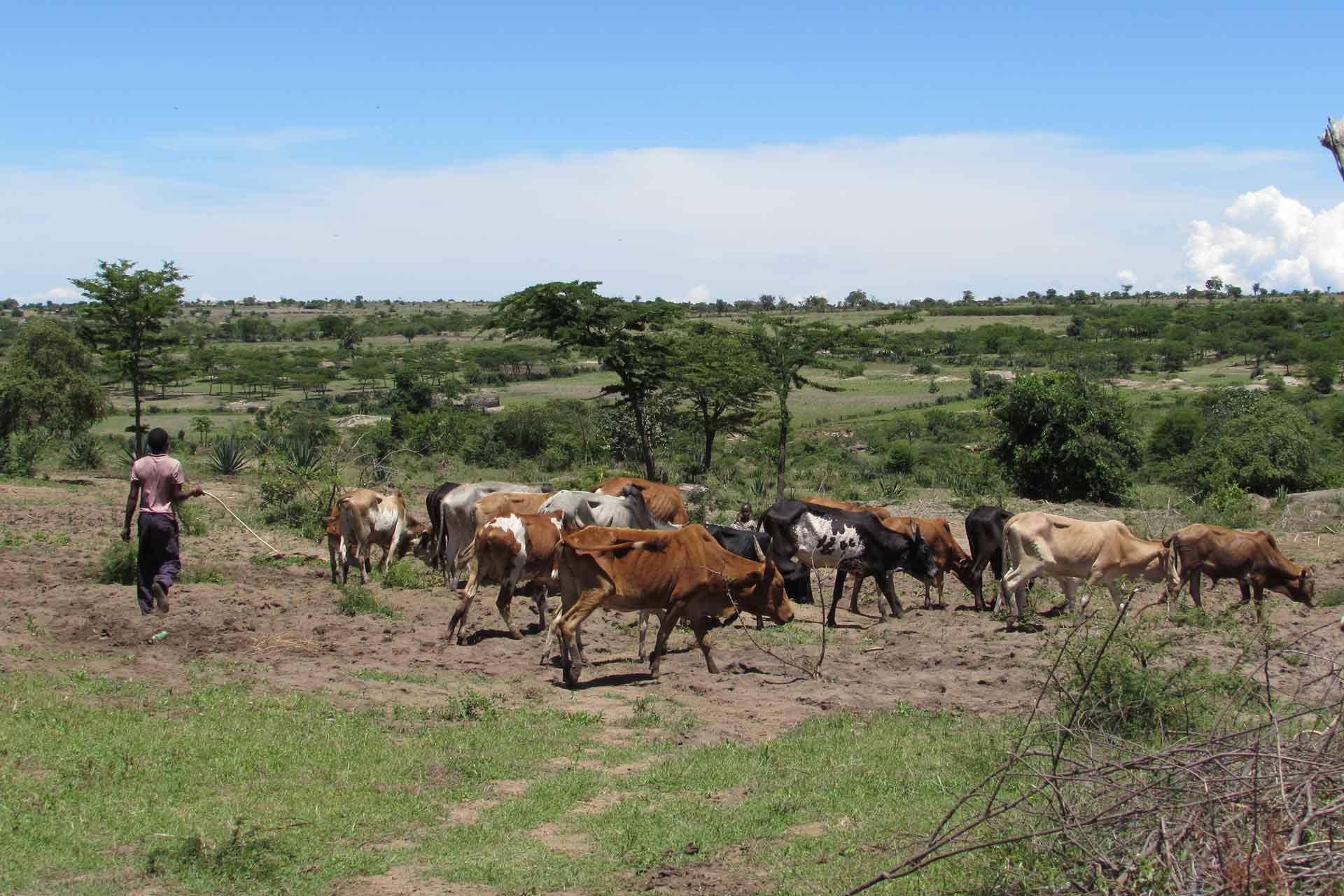Combining livestock trade patterns with phylogenetics to help understand the spread of foot and mouth disease in sub-Saharan Africa, the Middle East and Southeast Asia
International trade in animals and their products is recognised as a primary determinant of the global epidemiology of transboundary diseases such as foot and mouth disease (FMD). As well as causing serious production losses, FMD is highly contagious, being transmitted through multiple routes and hosts, which makes it one of the most important diseases affecting trade in livestock. Its occurrence has dramatic consequences for the agricultural economy of a normally disease-free country, as well as for the livelihoods and income generation of developing countries where the disease continues to be endemic. In the dynamic of FMD virus (FMDV) dispersal across the globe, phylogenetic inference from molecular sequences of isolated viruses makes a significant contribution to investigating the evolutionary and spatial pathways underlying the source of FMD epidemics. Matching data on livestock movement with molecular epidemiology can enhance our fundamental understanding when reconstructing the spread of the virus between geographical regions, which is essential for the development of FMD control strategies worldwide. This paper reviews the global situation of FMD in the last ten years, combining phylogenetic insights with information on livestock production systems and international trade to analyse the epidemiological dynamics of FMD and the sources of FMDV introductions at a regional level in sub-Saharan Africa, the Middle East and Southeast Asia.
Back to publications

